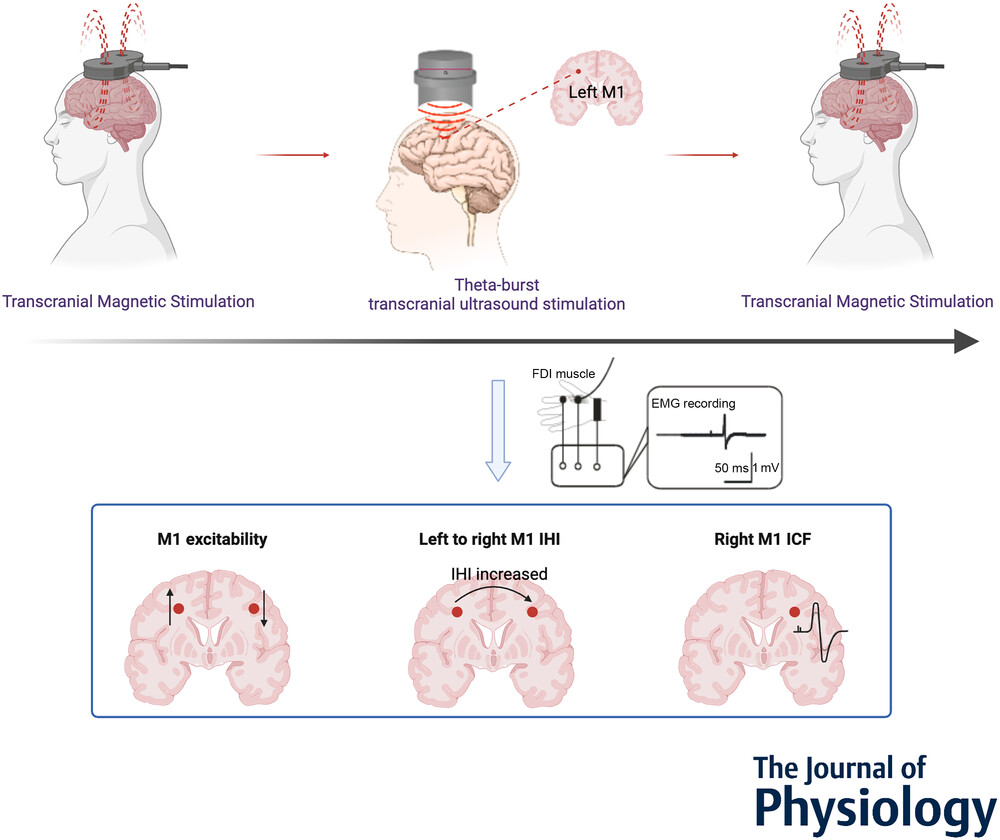
In a remarkable breakthrough, researchers at UHN’s Krembil Research Institute (Krembil) have discovered a novel use for ultrasound technology that could revolutionize treatments for neurological and psychiatric disorders. The study reveals that theta-burst transcranial-focused ultrasound stimulation (tbTUS) can effectively alter brain activity, providing a potential new therapy for conditions such as stroke and Parkinson's disease.
Led by Dr. Robert Chen, Senior Scientist at Krembil, the research focused on the primary motor cortex (M1). By delivering an 80-second ultrasound pulse to the left motor cortex (M1) in 20 healthy participants, the team observed significant and lasting changes in brain activity.
"Our findings show that tbTUS not only increases activity in the targeted motor cortex but also impacts the opposite side of the brain," said Dr. Chen. "This opens up exciting new possibilities for using tbTUS to restore brain function in patients with neurological disorders."
The study found that tbTUS of the left M1 decreased excitability of the right M1, reduced inhibition between the hemispheres, and increased facilitation within the right M1. These effects suggest that tbTUS can enhance communication between different parts of the brain, which is crucial for motor function and recovery.
The significance of this study lies in its potential to improve treatment options for patients with different types of neurological disorders. Traditional methods like transcranial magnetic stimulation (TMS) have shown promise, but tbTUS offers a more precise method and can reach deeper brain areas. With higher spatial resolution, which refers to the ability to target and affect very specific areas of the brain with great accuracy, and the ability to reach deeper brain structures, tbTUS represents a significant advancement in neuromodulation techniques.
Dr. Chen emphasized the potential clinical impact: "With tbTUS, we have a new tool that has great potential to significantly improve motor function and reduce symptoms in patients non-invasively, enhancing their quality of life."
As the research progresses, tbTUS could become a standard treatment, offering hope to many who suffer from debilitating neurological and psychiatric conditions. This innovative approach underscores the importance of continued research and investment in non-invasive brain stimulation technologies. The future of neurology looks brighter with the promise of tbTUS, paving the way for more effective and patient-centric treatments.
This work was supported by the Canadian Institutes of Health Research, the Natural Science and Engineering Research Council of Canada, the Krembil Research Institute, UHN Foundation, the National Natural Science Foundation of China, and the Taishan Scholars Program for Young Experts of Shandong Province.
Xia X, Wang Z, Zeng K, Nankoo JF, Darmani G, Tran S, Ding MYR, Chen R. Effects of the motor cortical theta-burst transcranial-focused ultrasound stimulation on the contralateral motor cortex. J Physio. 2024 May 2. doi: doi.org/10.1113/JP285139.




